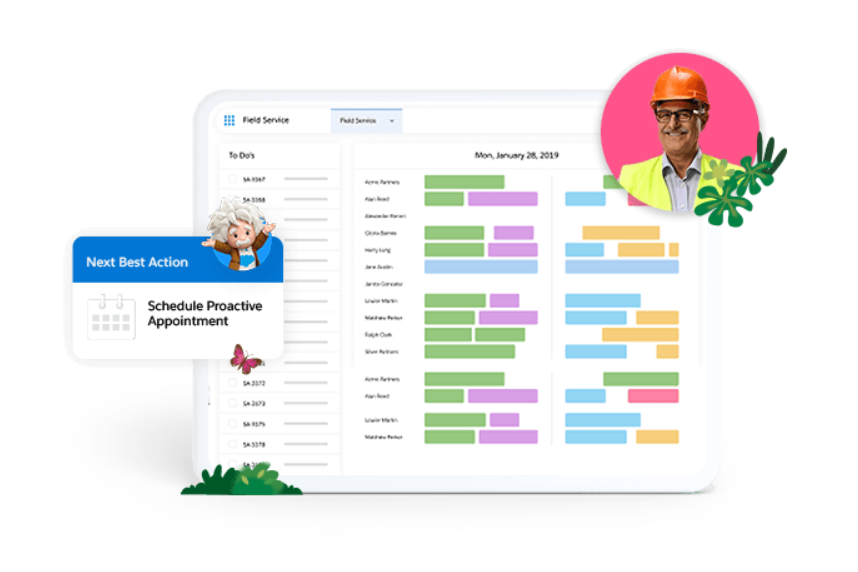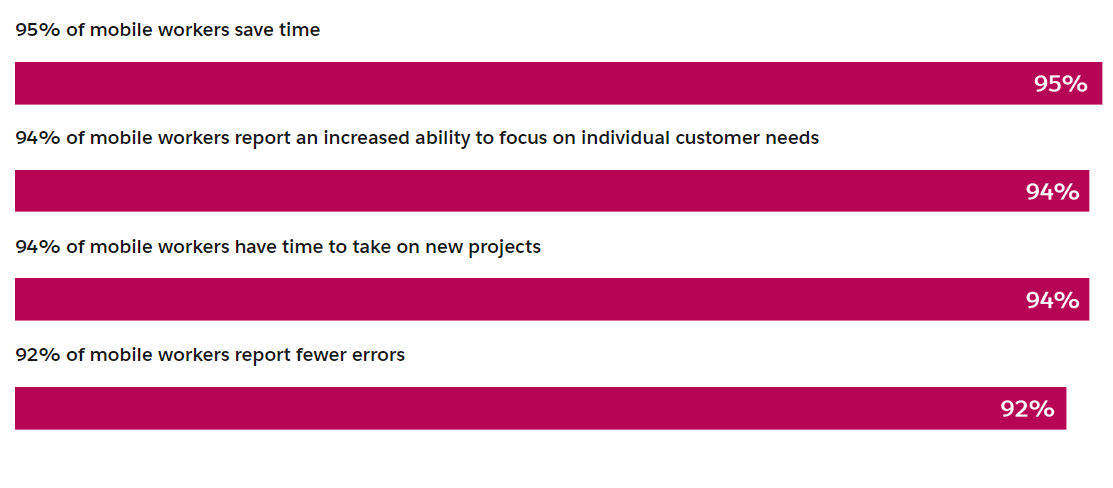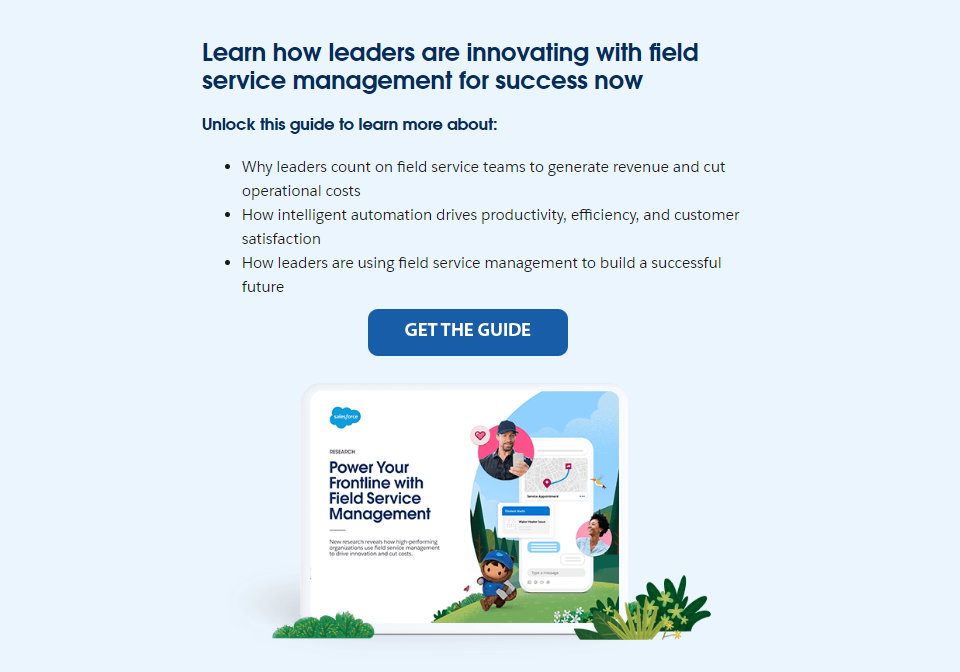The Top 3 Field Service Trends Leaders Need To Know Today
If 94% of your customers told you the service they receive influences their future buying decisions, would you pay attention? What if nearly half said they’d be willing to switch brands to get better customer service?
This is the stark reality faced by companies across every industry today. Yet at the same time field service teams are racing to keep up with rising customer expectations by delivering five-star service, they’re also contending with a talent shortage, tightening margins, and rising costs. Considering mobile workers, both employees and contractors, are often the only company representatives customers ever meet in person, that puts them under even more intense pressure to perform.
So, what does this mean for mobile workforces everywhere? To find out, Salesforce surveyed nearly 1,800 field service professionals across multiple industries. Here, we explore the top three field service trends and share what you can do to keep up with the leaders.

Trend #1: Leaders need their field service teams to grow revenue.
Eighty-six percent of the decision makers we surveyed consider frontline service teams critical to growing the business. Why? Customers trust their in-depth product knowledge and recognize they have the right tools and skills to do the job. And that puts them in the right place at the right time to cross-sell and upsell products and services.
When equipped with the right technology and a complete view of the customer, mobile workers can:
- Review customer communications, offers, and past transactions
- Sell new parts and upgrades directly to customers
- Renew and upgrade policies and contracts in the field
- Promote add-on services, such as a new subscription or an equipment warranty
- Proactively recommend follow-up maintenance service

Trend #2: Field service management drives productivity and cost savings.
You wouldn’t dream of sending a technician to a worksite without the tools needed to get the job done. Increasingly, those tools include field service management technology: 94% of service professionals in high-performing organizations cite productivity as a major or moderate benefit of field service management. Even better, cloud-based field service management helps organizations conduct more service calls remotely, reducing the number of truck rolls. This helps to save costs while promoting sustainability goals.
How does field service management drive better business outcomes? With field service management, field service teams can speed up response times, improve first-visit resolution rates, and increase the number of customers they serve every day. And these efficiencies help companies save on costs. High-performing field teams believe automation and artificial intelligence (AI) are the keys to success: Our research found that 78% of high-performing field service organizations use AI and 83% use workflow automation, while other organizations report 59% and 68%, respectively.

Trend #3: Innovation improves customer experience outcomes.
Rising customer demands put pressure on mobile workers. Not only do 71% of high performing mobile workers say expectations for service and support have increased since before the pandemic, 65% report feeling that burden — more than any other type of service professional.
Decision makers understand the link between the employee experience and the customer experience. By investing in technologies like AI that support process and workflow automation, mobile workers can serve customers faster and better. High performers are particularly enthusiastic about the ways automation improves mobile workers’ productivity and efficiency, and by extension, the customer experience.

Learn what’s next in field service.
The exciting innovations in field service are transforming the ways companies in every industry serve their customers. All evidence indicates they’re just getting started: Not only is field service management predicted to grow to an $8 billion market by 2028, future mobile workforces will be able to use technologies like augmented and virtual reality to grow customer relationships even more.

